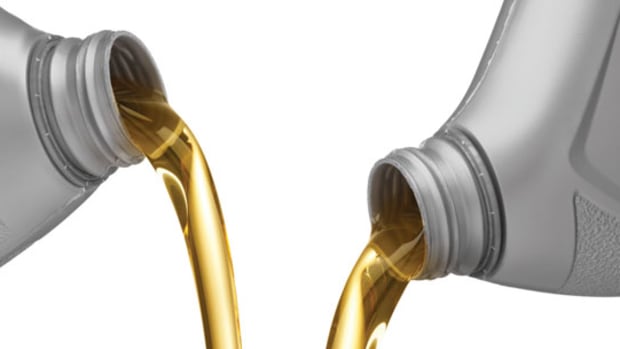Among the engine oil’s several primary functions, as many, will understand, is to oil the engine, providing a micro-thin oil movie, acting as a barrier between the many internal relocating components to reduce friction, warm build-up as well as certainly, deterioration. It additionally functions as a cooling agent, carrying away warmth produced from the friction to the oil sump. The engine oil from Phillips 66 lubricants aids to avoid contamination as well as deposit build-up by leading away debris as well as dirt from the vital locations within an engine to the oil filter where they will certainly be entraped. Harmful toxic waste will certainly be neutralized by the detergent existing in the engine oil to detain deterioration and rust.

Nonetheless, all good ideas need to involve an end and so do engine oils. Regularly subjected to hefty tons, the oil will ultimately break down, and also keeping that, its protective cleansing and also cooling properties will certainly likewise begin to decrease. As for the valuable lifespan of the engine lubricant, it depends generally on the type of oil (mineral, semi-synthetic or totally synthetic) and the “abuse” that it will certainly encounter. A basic rule of thumb is that mineral oil will certainly last about 5,000 kilometres, semi-synthetic 7,500 km and totally synthetic 10,000 km.
What makes an oil mineral, semi-synthetic or totally artificial? On the whole, lubricants are composed of a base or supply liquid, which comprises most of the finished item, and also ingredients. If the base is stemmed from oil petroleum, the engine oil will be of the “mineral oil” classification. On the other hand, oils utilizing supply liquids developed in the lab from chemical manufacturing will be of the totally synthetic nature. Semi-synthetic oil is, to basically it, a mix of mineral oil as well as totally artificial oil.
The two crucial bits of information that one should inspect when choosing an engine oil for your vehicle are its SAE (Society of Automotive Engineers) viscosity grade as well as the quality indications of an engine oil.
The thickness of an oil refers to its “flowability”, as well as it alters with temperature level. At reduced temperatures, an oil’s viscosity is high (thick), dipping (weakens) as the temperature level climbs up. Sadly, the demands asked of an engine lubricating substance are just the opposite. An engine requires a low-viscosity engine oil – which distributes far more swiftly than a high-viscosity oil – at cool to make sure that the oil can get to all parts of the engine in as brief a time as possible, protecting the elements from wear. For the uninitiated, most of the engine wear occurs throughout start-up. During typical procedure, the engine requires a completely thick oil movie to correctly safeguard its rapid relocating parts as well as thus the demand for a high-viscosity oil. This is where multigrade oils come in.
Multigrade oils are produced by the process of including a polymer to a light base oil to stop the oil from thinning way too much as it heats up. When chilly, these polymers will coil up and permit the oil to flow as its low viscosity grade, accompanied by a “W”, indicates. When heated up, the polymers take a break into long chains that avoid the oil from thinning as long as it typically would. The result is that at 100 levels C, the oil has thinned just as high as it’s higher ranking. As an example, a multigrade 5W-40 oil is a 5-weight oil that will certainly not thin greater than a 40-weight oil when it fumes.

As for top quality signs, the essential indicator to watch out for when choosing an engine oil is the API (American Oil Institute) Service Category mark suggested on the bottle. Oils are subjected to tests and also criteria have to be fulfilled before these oils are recognized. This mark shows the quality of the oil as well as thus need to be factored in throughout consideration. API makes use of the S and C groups for lorries with petroleum and diesel engines specifically. For the former, beginning with SA, the present as well as most current standard is SM.
Yet to actually distinguish in between the good and also the ordinary engine oil, your best bet would certainly be the information sheet of the oil, where its put factor as well as flash point info can be located. Put factor describes the lowest temperature level at which the oil will certainly still pump as well as preserve appropriate oil stress, while the flash point is the temperature level at which the oil gives off vapors that can be sparked with a flame held over the oil. In our neighborhood climate, the put factor is not that substantial contrasted to the flash point. The flash point is sometime the indicator of the quality of the base fluid utilized.
It is best to consult your owner’s manual for the advised quality of oil fit for your vehicle as well as climate. Thinner oils with rankings such as 0W-30 and also 5W-30 are normally appropriate for more recent vehicles, while for automobiles getting on in age, thicker oils are preferable due to the reduced securing of piston rings and bigger bearing clearances within the engines. After narrowing your option of oil to a select few of the ideal thickness for your application, base your final decision on the oil with the greatest flash point.